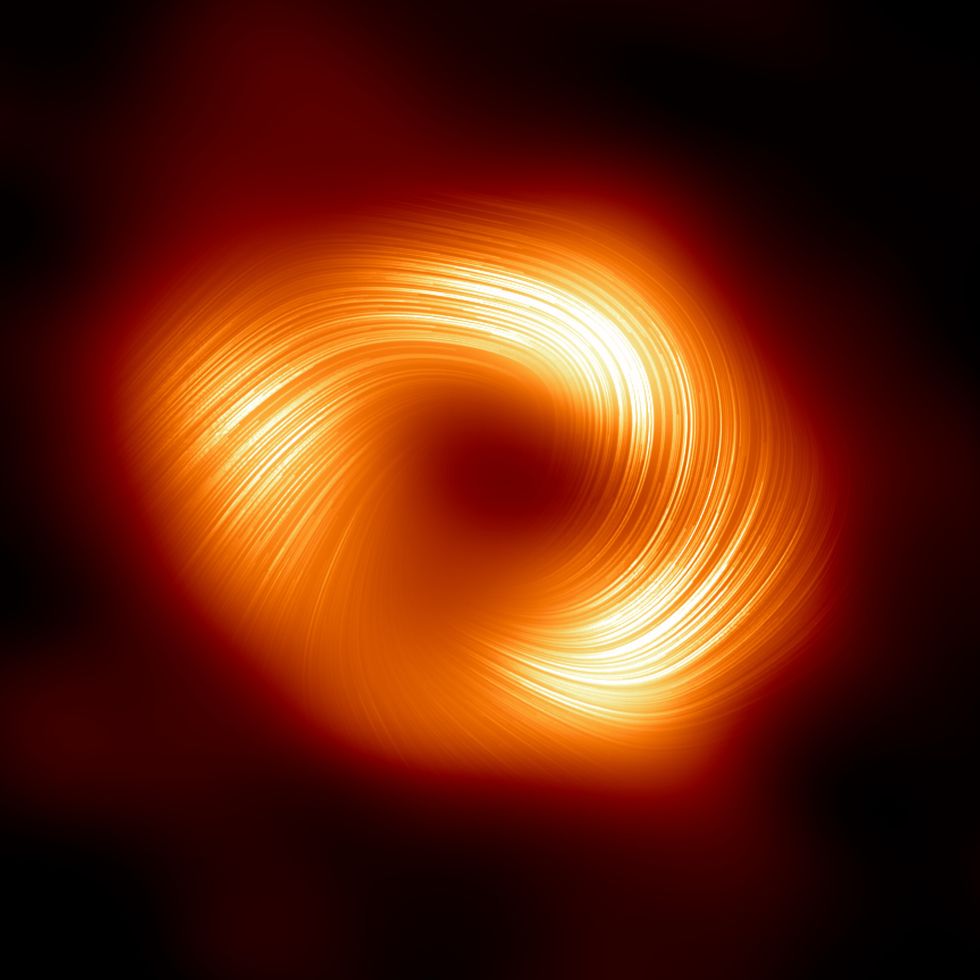Scientists baffled as supermassive black hole finally 'awakening' for first time


Astronomers observed in real time a dramatic brightening at the heart of another galaxy
Don't Miss
Most Read
Researchers have been left baffled after observing a dramatic brightening at the heart of another galaxy apparently caused by a supermassive black hole awakening.
The events were tracked at the core of a galaxy located roughly 360 million light-years from Earth in the constellation Virgo.
Researchers said it appears that a spinning disk of diffuse material has formed around the supermassive black hole, with some of the matter being consumed.
In other words, the black hole has been awakening from dormancy and beginning to gorge itself with nearby material.

An artist's impression of the black hole at the centre of the galaxy SDSS1335+0728
|ESO/M. Kornmesser
When asked what caused the phenomenon, astrophysicist at European Southern Observatory in Germany Paula Sanchez Saez said: "At the moment, we do not know."
Lorena Hernandez Garcia of the University of Valparaiso in Chile said: "It could be a natural process of the galaxy.
"We know that a galaxy passes through different phases of activity and non-activity during its lifetime. Something might happen to make a galaxy activate, like, for example, a star that is falling to the black hole."
According to the researchers, if the observations represent something other than the onset of an active galactic nucleus, it would have to be an astrophysical phenomenon never before seen by researchers.
LATEST SPACE NEWS

A closer supermassive black hole, Sagittarius A*, or Sgr A*
|WikiCommons
Black holes are extraordinarily dense objects with gravity so strong that not even light can escape.
They range in size from a mass equivalent to a single star to the behemoths existing at the core of many galaxies, millions and even billions of times more massive.
Supermassive black holes sometimes shoot vast jets of high-energy particles into space, but no such jet has been detected in this instance.
A closer supermassive black hole, Sagittarius A*, or Sgr A*, is located about 26,000 light-years from Earth.
Hernandez said: "The same process could eventually happen to Sgr A*, which is actually dormant.
"But for now we are not in risk, and probably if it activates we would not notice because we are very far from the centre."










